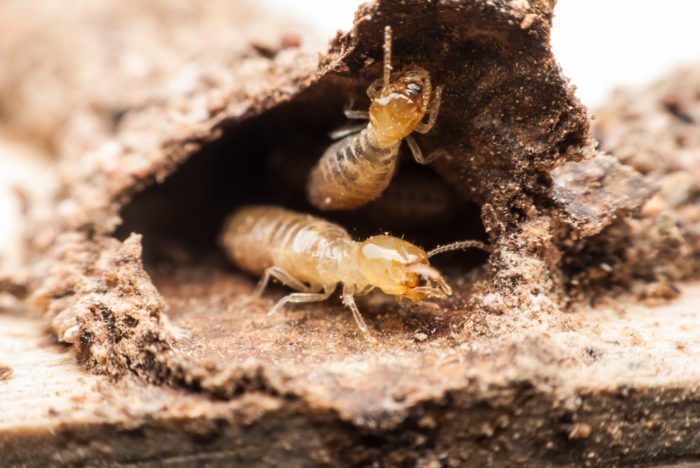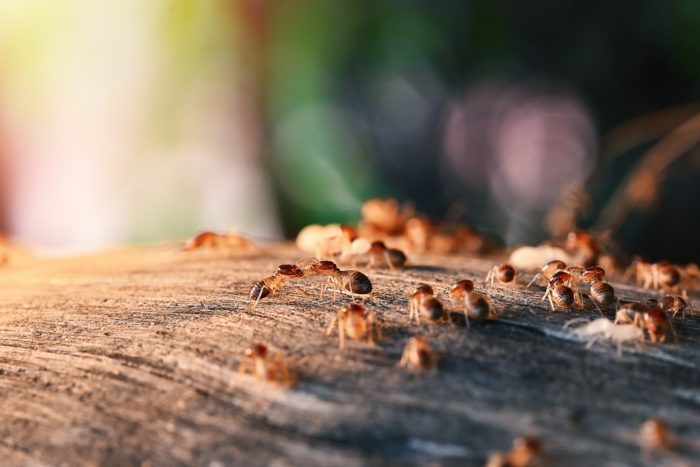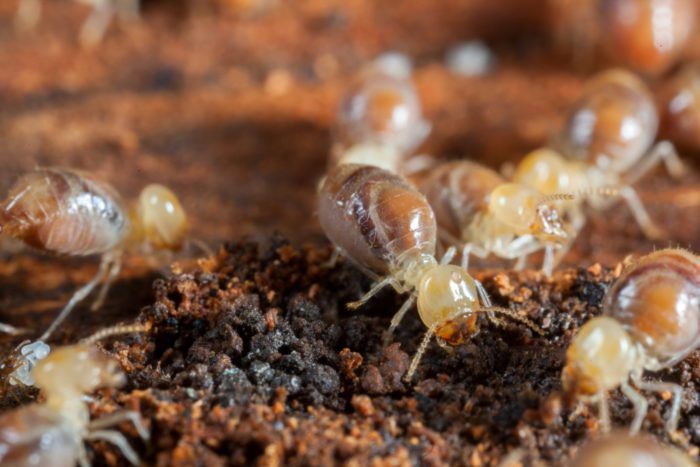Whenever we talk about the damage termites cause, furniture always shows up. What makes them attack furniture? Wood, cellulose, isn’t it?
Does that mean termites love wood and they are not resistant to it? Well, the answer is no. There are many types of wood that are termite resistant. The reasons for resistance could be anything.
To have an idea about the trees that termites avoid and the reason for their avoidance, we have come up with this article.
Important Note: If you're tired of pests and want a reliable solution, then you should definitely consider seeking help from a professional pest control company. DIY solutions can be effective, but if you're dealing with a significant pest infestation, you don't want to rely solely on DIY methods. Pest control companies typically don't charge huge fees. You can fill out this form to receive free quotes from the top local pest control companies, and compare the quotes and see for yourself. Then, finally, your pest problems will be eliminated for good.
This article will deal with all the trees termites avoid and also those trees termites prefer, along with the reasons for doing so.
We will start with the trees that termites avoid.
Types of Wood Termites Avoid

Cedarwood
Generally, termites avoid cedarwood but when there is a shortage of food sources for them, they will feed on cedarwood. The reason for their avoidance is its core.
The core of cedarwood secretes allelochemicals, terpenoids, and hydroxamic acids. All these acids are naturally resistant to termites ultimately making their core termite resistant.
Cedarwood has a natural resistance but partially. It’s just its core that is termite resistant, its outer layers can be eaten.
Plywood
When it’s about normal plywood, termites will surely feed on it. But they have to step back when pressure-treated plywood comes into play. Before understanding the reason for their avoidance, let’s understand what pressure-treated plywood is.
Pressure-treated plywood is simply plywood that has gone through various chemical processes. The chemicals used in these processes are copper azole, copper quaternary, and micronized copper azole. All these chemicals make plywood termite resistant.
Bamboo
Just like plywood, termites love to feed on natural bamboo. It is the processed bamboo that termites avoid. Natural bamboo has around 74 percent cellulose in it. Cellulose is the main source of nutrition for termites.
The thing that goes wrong for termites is that after processing, bamboos are left with zero cellulose inside them. Borate when processed with bamboo removes its entire cellulose.
Borate can kill the protozoa which help termites in converting cellulose into sugar. Since termites can detect the presence of borate, they avoid processed bamboo.
Redwood
This wood is the first choice of builders for their projects. It’s because redwood is very strong and naturally resistant to termites. The natural chemicals present inside them along with hardwood species are what make it termite resistant.
They are dark, denser, less porous, and also resistant to decay. All these factors are the reason why termites don’t feed on redwood.
Cypress heartwood
Want to protect your furniture from termites? I would suggest you go for cypress heartwood. Why? Let’s find out.
Cypress heartwood is very dense. Because of this, it is almost impossible for termites to drill through it. Also, its smell is intolerable for termites. The best part about this wood is that we don’t have to process or pressure it to make it termite resistant, it naturally is.
Types of Wood Termites Prefer

Pinewood
If you are looking for a piece of furniture made up of pinewood it is better to change your plan as pinewood is one of the softwoods which are most likely to be getting attacked by termites. Pinewood and spruce are the most favored wood by termites.
Deadwood
Termites love to feed on dead or decaying wood. It is evident from the fact that the dampwood species only feed on deadwood. The chances of dampwood termites infesting your home are very low, but if you have deadwood inside your house then be ready for dampwood termites. The termites even establish their colonies in the decaying wood.
Apart from these two, there are many other types of wood termites prefer such as:
- Untreated softwood – Springwood is most likely to get attacked by termites, especially subterranean termites.
- Particleboard – The attractive damp and swollen boards are primary targets of termites.
- Gumtree – For termites it is a natural habitat for them. The houses having gum trees around them are at high risk of having a termite infestation.
- Untreated hardwood
- Dry, smooth wood
Diet Apart From Wood

Because of the presence of unique bacteria, termites specifically target substances rich in cellulose as their bacteria break down the cellulose and provide them with energy.
Termites also eat dead or dying plants, woods, roots, and fungi. Their diet also consists of grasses, mango trees, peach trees, pine trees, mulch, cotton, palm trees, etc.
Conclusion
Knowing trees termites prefer and those termites avoid will help you in choosing wooden furniture and wood for building purposes. The right choice will reduce the chances of infestations and damages caused by termites.
When buying a piece of wooden furniture, always enquire about the wood it is made up of, and then take the right call.

